Innovation that works for you
Today’s emerging technologies are changing how we approach the built environment. The consumer gaming industry has made powerful and inexpensive 3D visualisation tools available to designers, architects and engineers. Fast data networks originally built for mobile phones are now connecting inexpensive sensors to power digital twins, offering a new level of asset management. Augmented reality and LIDAR technology are improving the way our engineers plan buildings, making construction safer.
Artificial intelligence and machine learning
At their heart, artificial intelligence (AI) and machine learning (ML) are powerful new analytical technologies that enhance our ability to design and manage the built environment in ways that meet human needs and deliver net zero goals. In Arup, we have brought AI/ML into the heart of our work, for example to chart new pathways to net zero for whole cities, to understand better the lifespan of assets and the causes of failure, and to design complex buildings with new materials and reduced carbon.
For the City of Shanghai we built a land analysis tool that can help city planners to understand how land is being used, and improve their ability to site new developments or plan flood protection measures.
Understanding land use from the sky
Our digital land use analysis tool can help planners and authorities to understand how land is being used, bringing the power of data analytics, machine learning and automation to satellite imagery.
Discover how we can helpVirtual, augmented, and mixed reality
The value of virtual and augmented reality was obvious to designers and engineers from the start. We have used this technology to help decision makers experience design options for the UK’s new High Speed 2 lines, modelling everything from the in-carriage experience to the noise implications for places affected by the route.
In another context entirely, our YARD AR/MR tool enables designers to test placement of structures and assets in a physical location, allowing clients, communities and creative teams to understand the implications of design options. Our International Development teams are also using it to help decision-making in improvised refugee settlements.
-
Project
Urban95 VR experience
-
Project
Virtual reality soundbooths
When Heathrow Airport started an 8-week consultation on the airspace and future operations of the airport between January and March 2019, they briefed Arup to help them deliver meaningful, objective sound demonstrations to the communities that could be affected. An important part of the brief was to present the information in a really engaging way and to try and widen the demographic that had been reached at previous consultations.
Digital fabrication
New technology is changing the physical form of construction itself too. We have been pioneering additive manufacturing and other digital fabrication techniques to produce incredible and unique structures like the MX3D bridge in Amsterdam, or the thousands of individual stones that will complete Antoni Gaudí’s Sagrada Familia in Barcelona. The technique’s precision means it also has the potential to radically reduce waste during construction.
Putting digital fabrication into practice
Learn more about how we're using digital fabrication with our clientsConnected and autonomous vehicles (CAVs)
Every year, the promise of connected and autonomous vehicles (CAVs) moves closer to its realisation. As with many digital innovations, much of the value is only possible when technology works in harmony with other human and physical constraints. Our work explores explores the technological, operational and ethical challenges, as well as the potential road safety gains.
Drone mapping
Another inexpensive but powerful consumer technology, we increasingly use drones to bring new levels of ease and detail to site surveying and modelling, environmental analysis and insight.
We have also developed a drone-based façade inspection tool, incredibly valuable for monitoring quality on tall buildings. It photographs building exteriors, assembling a virtual model of the façade using GPS coordinates to map each element together, stores historical repair data and allows owners to plan effective and safe maintenance.
Digital technologies to revolutionise asset management
The digital asset management era is here. We are helping clients to transform their operations, developing new layers of intelligence and insight about the assets their businesses depend on.
Lear more about digital asset management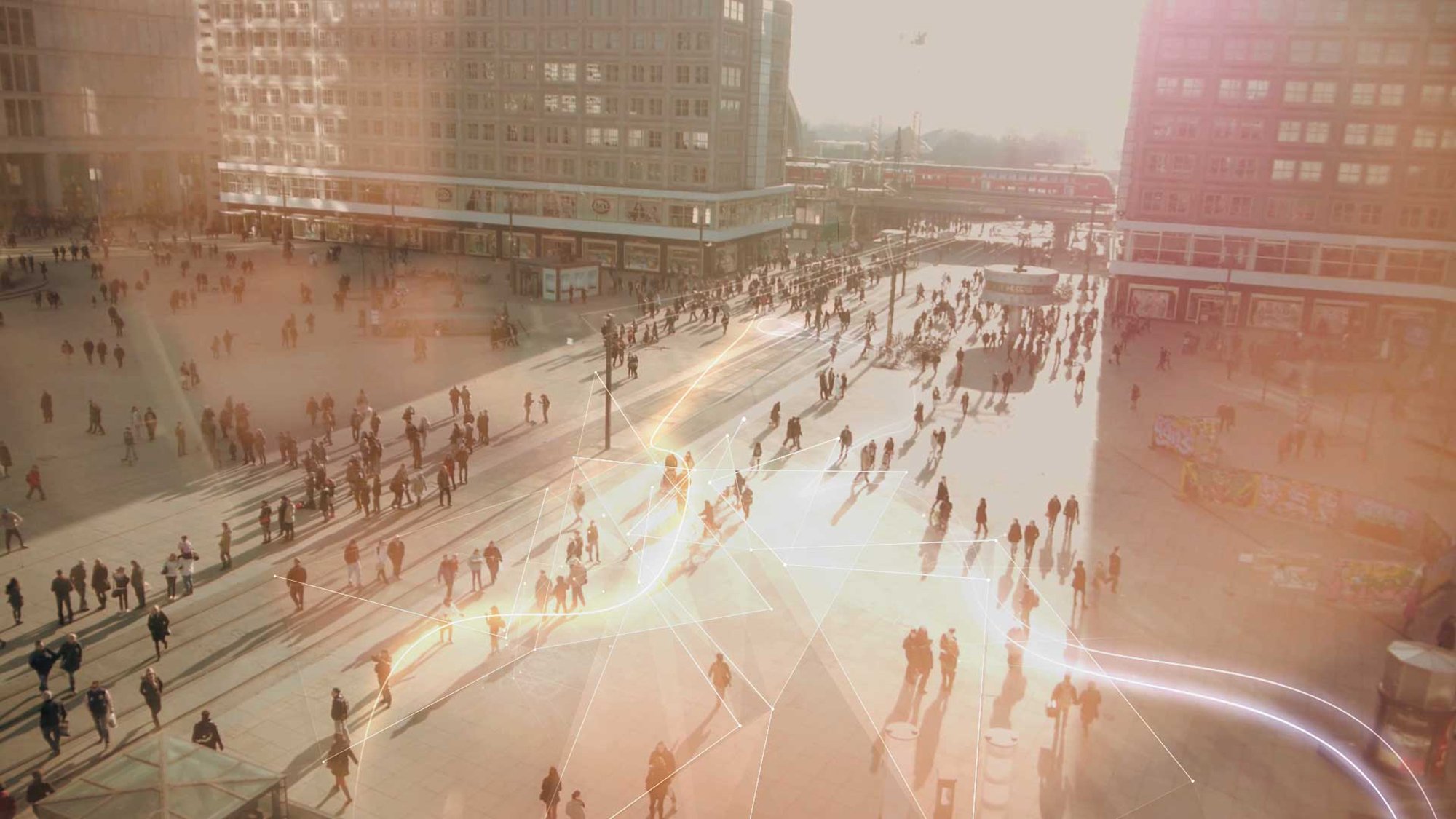
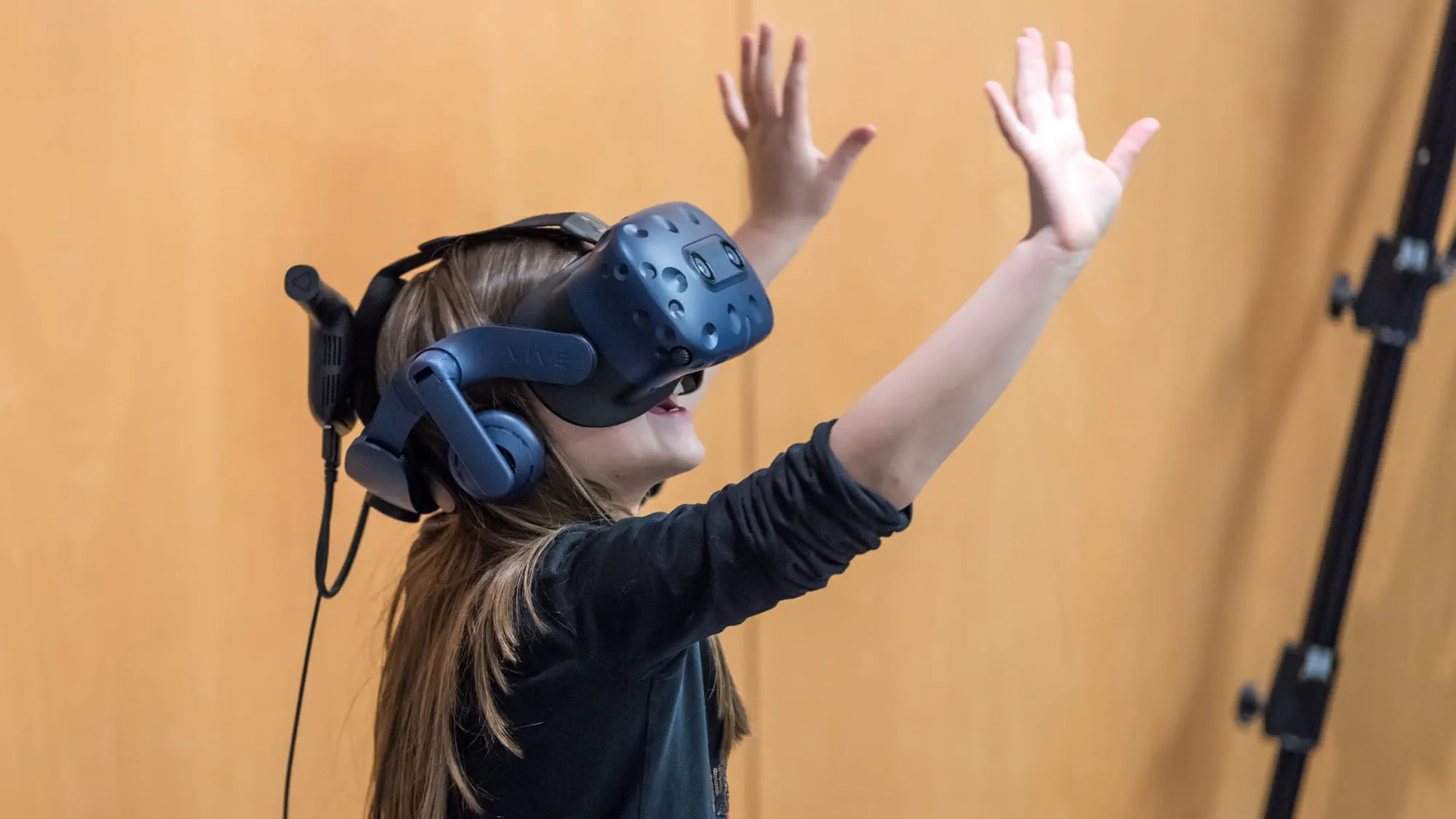 ;
;
.jpg?gray=1&mw=180&hash=E8D2A897531FA5C8041284BF5B30BF0C)
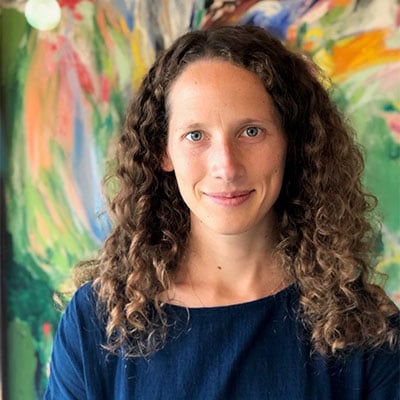
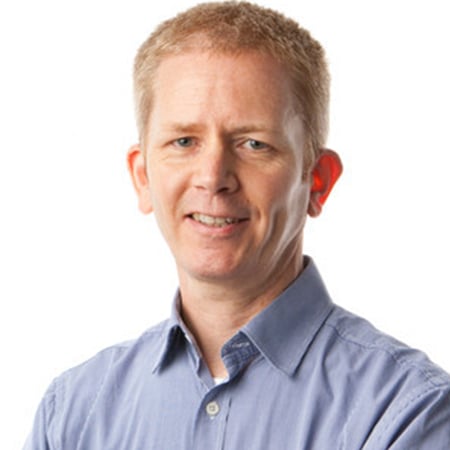



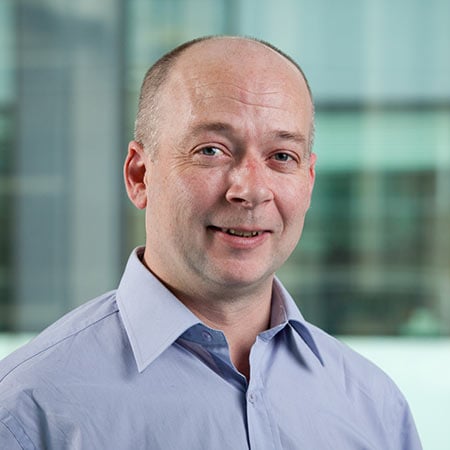


.jpg?h=450&w=450&hash=183DBDF346AA3E5205C9C1796680A049)